
Services
Regenerative Therapy in Singapore
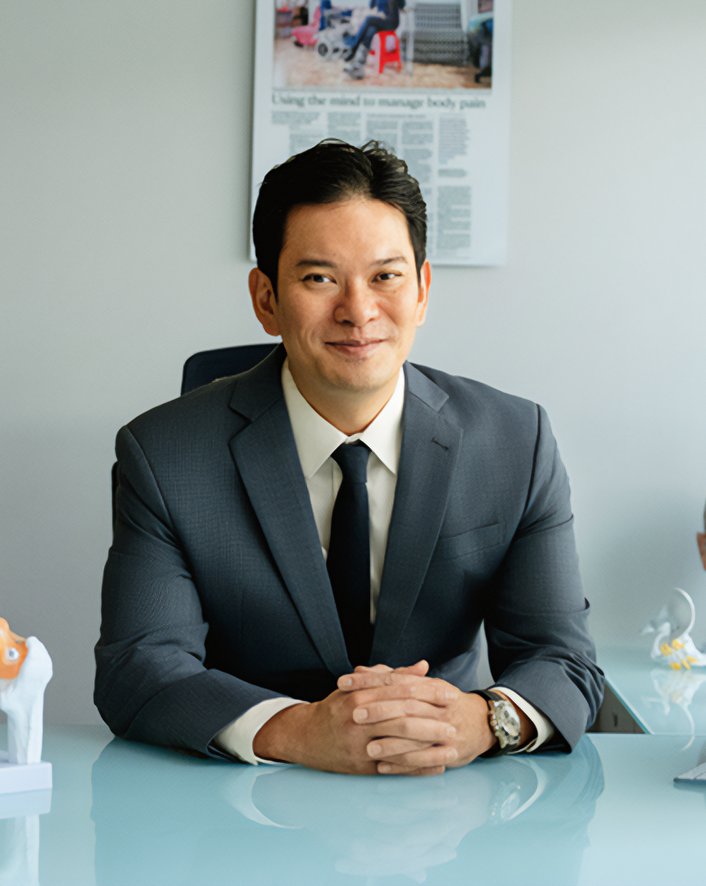
Dr Thor Timothy
Consultant Pain Specialist & Anaesthesiologist
MBBS (S'pore), MMed (Anaesthesiology), FFPMANZCA (USA), EDPM (Europe),FAM (S'pore)
Regenerative Therapy in Pain Management
Chronic pain is a pervasive issue affecting millions globally, leading to diminished quality of life and increased healthcare costs. Traditional pain management strategies often focus on symptom relief through medications, physiotherapy, or surgical interventions.
While these approaches can be effective, they may not address the underlying causes of pain and can sometimes lead to side effects or dependency issues. Regenerative therapy emerges as a promising alternative, aiming to heal damaged tissues and restore function by making use of the body's natural healing mechanisms.
What is Regenerative Therapy?
Regenerative therapy encompasses a range of medical treatments designed to repair, replace, or regenerate damaged tissues and organs. Unlike conventional treatments that primarily alleviate symptoms, regenerative approaches strive to address the root causes of pain by promoting tissue healing and regeneration. This paradigm shift in treatment focuses on enhancing the body's intrinsic ability to heal itself, potentially offering long-term relief and improved functionality.
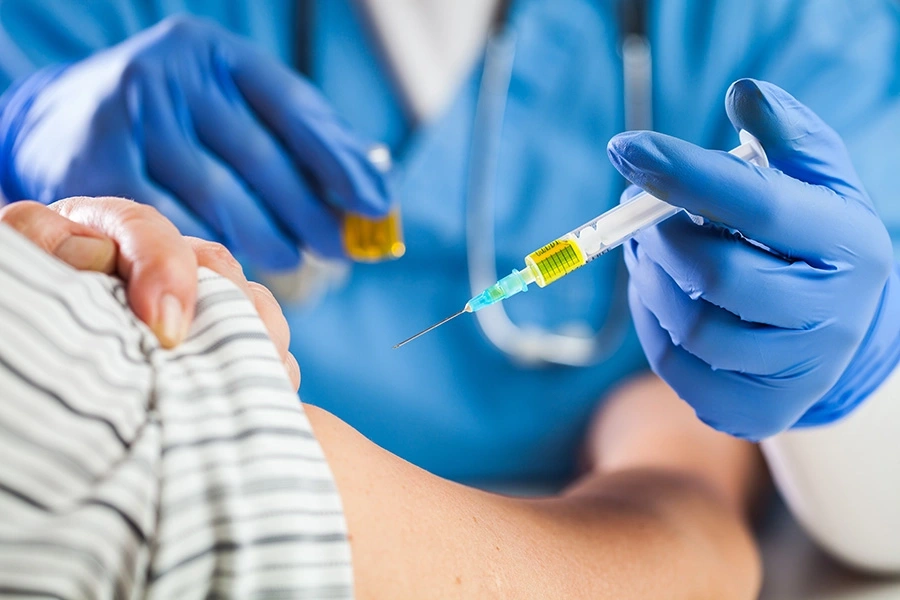
Benefits of Regenerative Therapy
Minimally Invasive: Most regenerative procedures are performed through injections, reducing the risks and recovery time associated with surgery.
Reduced Dependence on Medications: By addressing the underlying cause of pain, patients may decrease or eliminate the need for pain medications, including opioids, thereby reducing the risk of side effects and dependency.
Enhanced Healing: These therapies not only alleviate pain but also promote the repair and regeneration of damaged tissues, leading to improved function and potentially long-lasting relief.
Personalized Treatment: Regenerative therapies often use the patient's own biological materials (like blood or stem cells), minimizing the risk of rejection and adverse reactions.
Common Regenerative Treatments in Pain Management
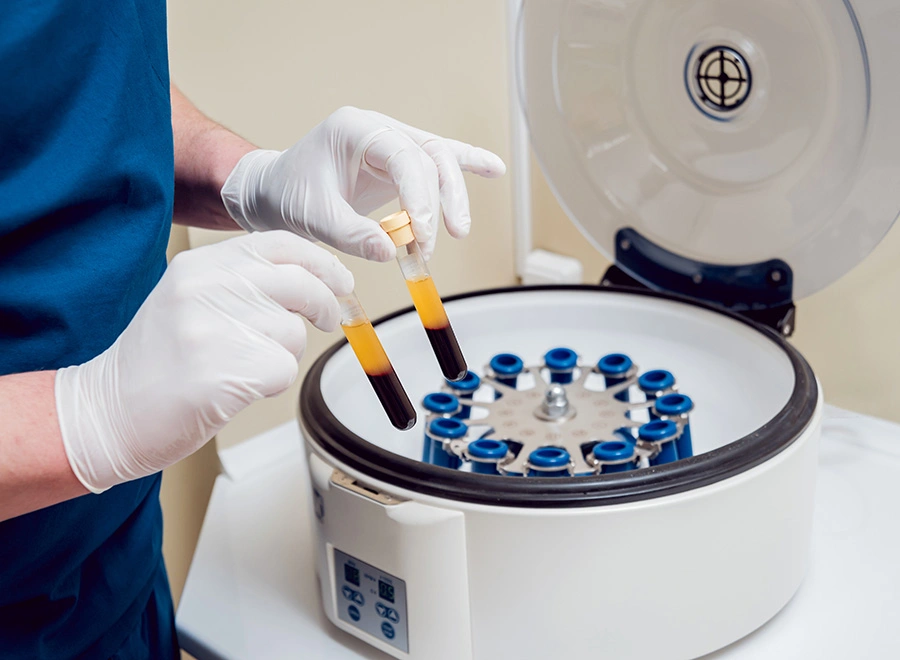
Procedure: PRP therapy involves drawing a small amount of the patient's blood, processing it to concentrate the platelets, and injecting the resulting PRP into the injured area.
Mechanism: Platelets contain growth factors that play a crucial role in tissue repair and regeneration. By delivering a high concentration of these growth factors directly to the site of injury, PRP therapy aims to accelerate the healing process.
Applications: PRP is commonly used to treat conditions such as osteoarthritis, tendon injuries, ligament sprains, and chronic musculoskeletal pain.
Conditions Treated with Regenerative Therapy
Regenerative therapies have shown promise in managing a variety of conditions, including:
Osteoarthritis: By promoting cartilage repair and reducing inflammation, regenerative treatments can alleviate joint pain and improve mobility in patients with osteoarthritis.
Tendonitis and Tendinopathy: Conditions like tennis elbow, golfer's elbow, and Achilles tendinopathy may benefit from regenerative approaches that enhance tendon healing and reduce pain.
Ligament Injuries: Partial tears or chronic sprains in ligaments, such as those in the knee (e.g., ACL injuries), can be treated by stimulating tissue regeneration, potentially avoiding the need for surgical intervention.
Degenerative Disc Disease: Regenerative therapies may help in repairing damaged intervertebral discs, reducing back pain, and improving spinal function.
Plantar Fasciitis: Chronic heel pain caused by plantar fasciitis can be addressed by promoting healing of the plantar fascia through regenerative treatments.
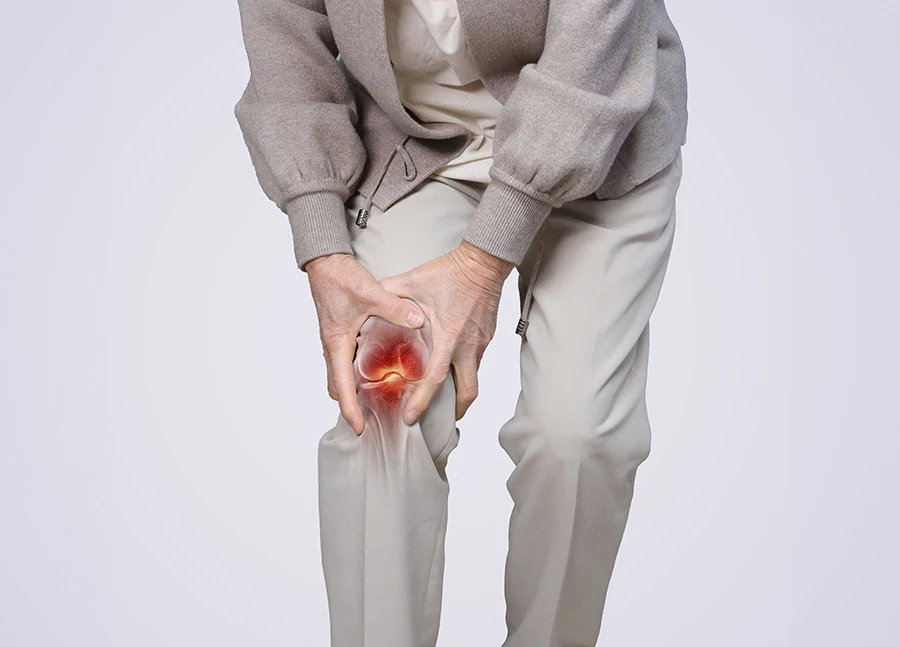
Considerations and Risks

While regenerative therapy offers promising outcomes, it's essential to consider:
Individual Variability: Responses to treatment can vary based on factors such as age, overall health, the severity of the condition, and adherence to post-procedure rehabilitation protocols.
Potential Side Effects: As with any medical procedure, there are risks, including infection, bleeding, or adverse reactions at the injection site. However, since many regenerative therapies use autologous materials (from the patient's own body), the risk of allergic reactions or rejection is minimized.
Cost and Accessibility: Regenerative treatments can be expensive, and insurance coverage may vary. Patients should discuss costs and financing options with their healthcare provider.
GET IN TOUCH
Contact Us Today
For more information about our services, or to make an appointment, please reach out to us. We will get back to you as soon as possible.
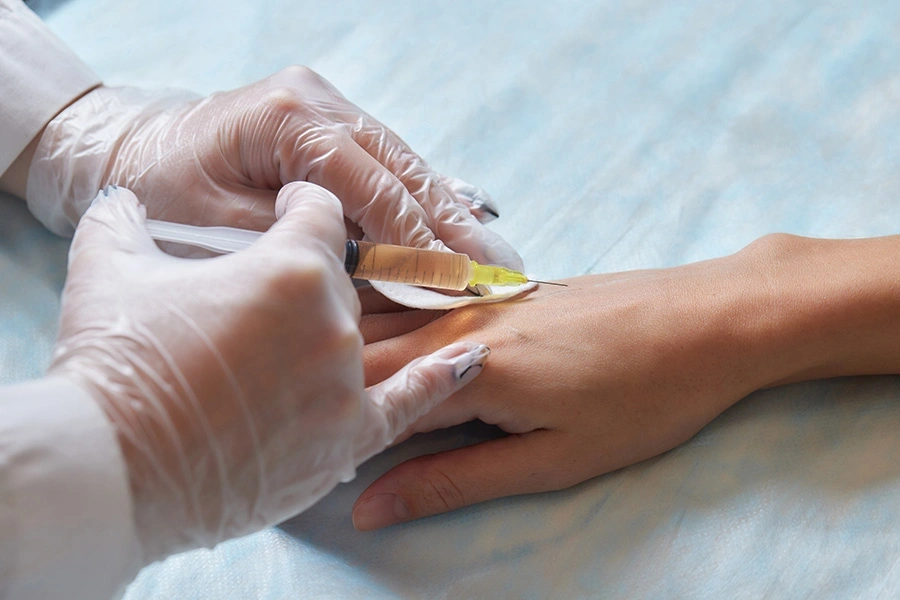
Frequently Asked Questions
Individuals experiencing chronic pain from musculoskeletal conditions who haven't found relief through conventional treatments may be evaluated for regenerative therapy suitability.

Our Regenerative Therapy Specialist in Singapore
Dr Thor Timothy
Consultant Pain Specialist & Anaesthesiologist
MBBS (S’pore), MMed (Anaesthesiology), FFPMANZCA, FIPP (USA), EDPM (Europe), FAM (S’pore)
MBBS (S’pore), MMed (Anaesthesiology), FFPMANZCA, FIPP (USA), EDPM (Europe), FAM (S’pore)
Accreditations & Qualifications:
Bachelor of Medicine, Bachelor of Surgery (Singapore)
Master of Medicine in Anaesthesiology (Singapore)
Fellow of the Faculty of Pain Medicine, Australian & New Zealand College of Anaesthetists
Fellow of Interventional Pain Practice (USA)
European Diploma in Pain Medicine
Fellow of the Academy of Medicine, Singapore
Dr Thor Timothy is a consultant anaesthesiologist and pain specialist in Singapore with nearly 20 years of medical experience, including over a decade in pain medicine. Formerly the Director of Acute Pain Services at Singapore General Hospital, he has a particular interest in regenerative therapy and other advanced, minimally invasive treatments that promote tissue healing and relieve chronic pain. He holds multiple international pain medicine qualifications and is dedicated to delivering compassionate, multidisciplinary care tailored to each patient’s needs.
